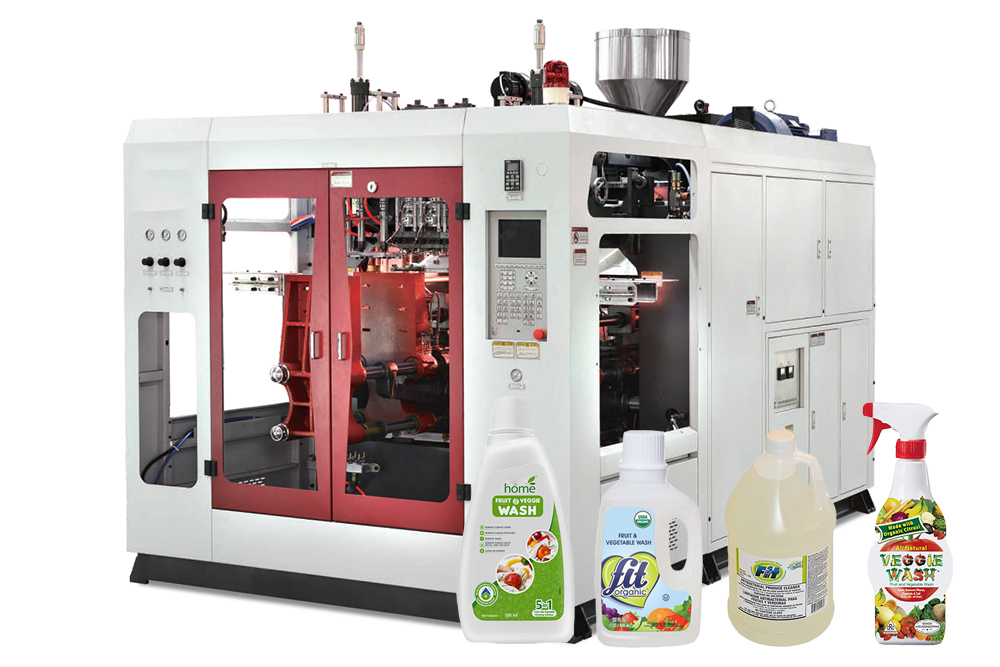
In the process of extrusion blow molding products, there will always be many technical problems. Let me share with you the reasons for these problems and the corresponding solutions, hoping to provide you with relevant suggestions to solve the problems.
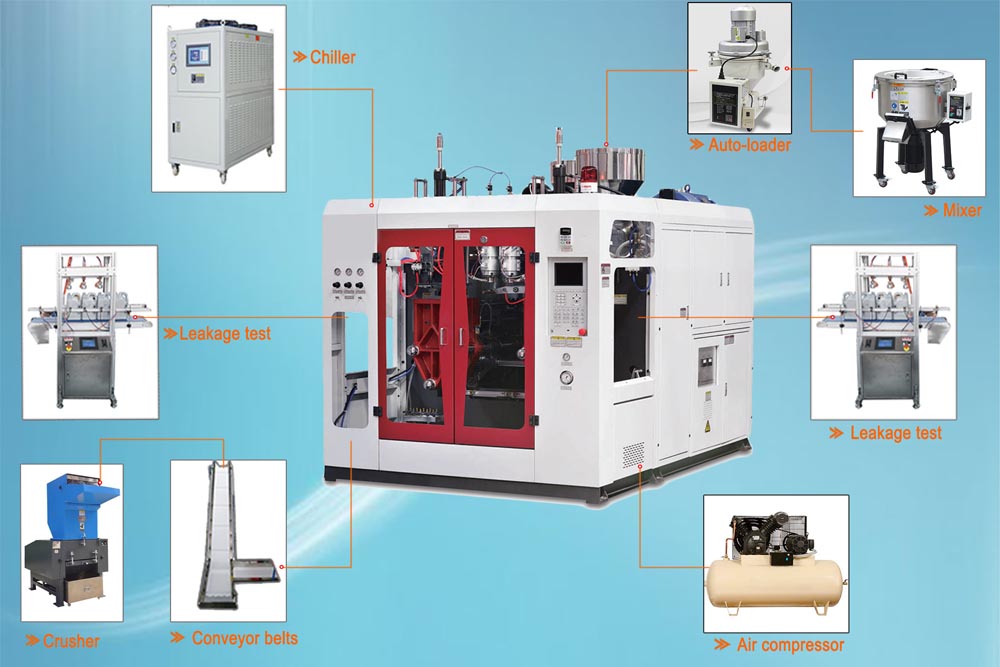
1. The longitudinal wall thickness of blow-molded products is uneven:
cause:
①The self-weight sagging of the parison is serious
②The diameter of the two longitudinal cross-sections of blow-molded products is too different
solution:
①Reduce the parison melt temperature, increase the parison extrusion speed, replace the resin with a lower melt flow rate, and adjust the parison control device
②Appropriately change the product design and use the bottom blowing method to form
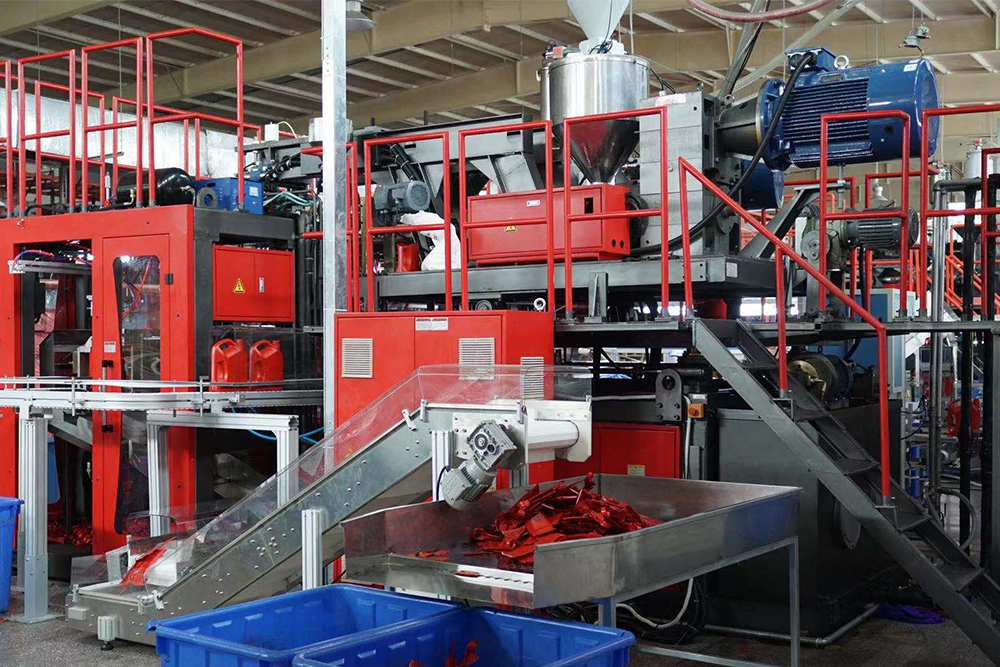
2. the horizontal wall thickness of blow molding products is uneven:
cause:
①The parison extrusion is skewed
②The temperature difference between the inside and outside of the mold sleeve and the mold core is large
③The shape of the product is asymmetrical
④The inflation ratio of the parison is too large
solution:
①Adjust the width deviation of the die gap to make the parison wall thickness uniform;
② Raise the height or reduce the heating temperature of the die sleeve to improve the temperature deviation inside and outside the die
③ Before closing the mold, pre-clamp and pre-expand the parison, so that the parison is properly offset in the direction of the thin wall
④ Reduce the parison inflation ratio

3. Orange peel-like patterns or pitting appear on the surface of blow-molded products:
cause:
① Poor mold exhaust
②The mold leaks or the mold cavity condenses
③ Poor plasticization of the parison, and melt fracture of the parison ④ Insufficient inflation pressure
⑤ Slow inflation
⑥ The inflation ratio is too small
solution:
①The mold parison is sandblasted, and the exhaust hole is added
②Repair the mold and adjust the cooling temperature of the mold to above the "dew point"
③ Reduce the screw speed and increase the heating temperature of the extruder
④ Raise the inflation pressure
⑤Clean up the compressed air passage and check whether the blowing rod is leaking
⑥Replace the mold sleeve and mold core to improve the parison inflation ratio
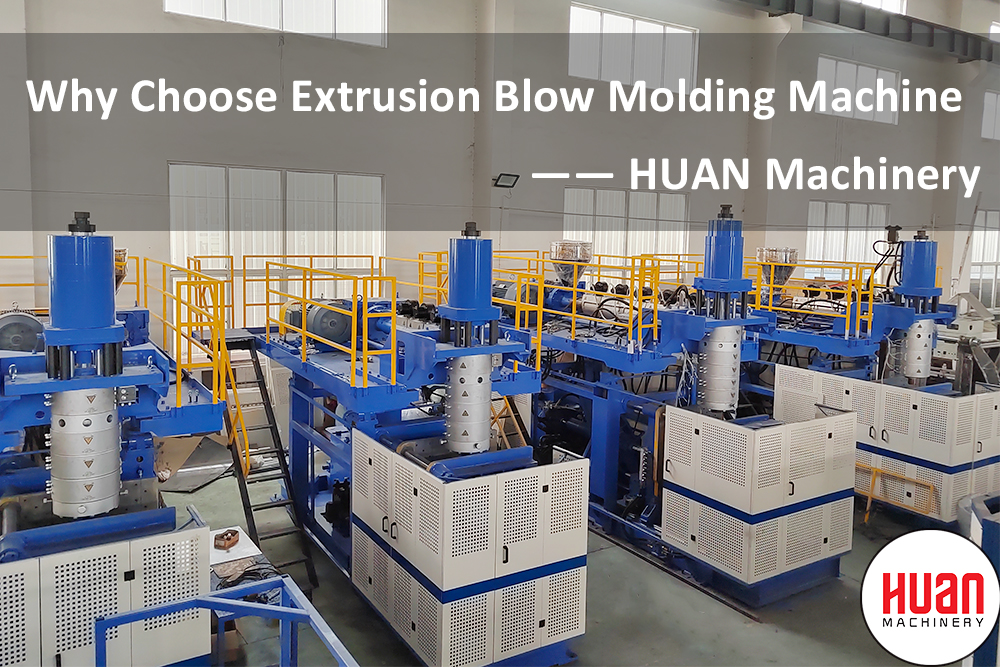
4. the volume of blow-molded products is reduced:
cause:
①The wall thickness of the parison increases, resulting in the thickening of the product wall
②The shrinkage rate of the product increases, resulting in the shrinkage of the product size
③The inflation pressure is small, and the product is not inflated to the design size of the cavity
solution:
①Adjust the program control device to reduce the parison wall thickness; increase the parison melt temperature and reduce the parison die-release expansion ratio
②Replace the resin with small shrinkage rate, prolong the blowing time, and reduce the cooling temperature of the mold
③ Properly raise the pressure of compressed air
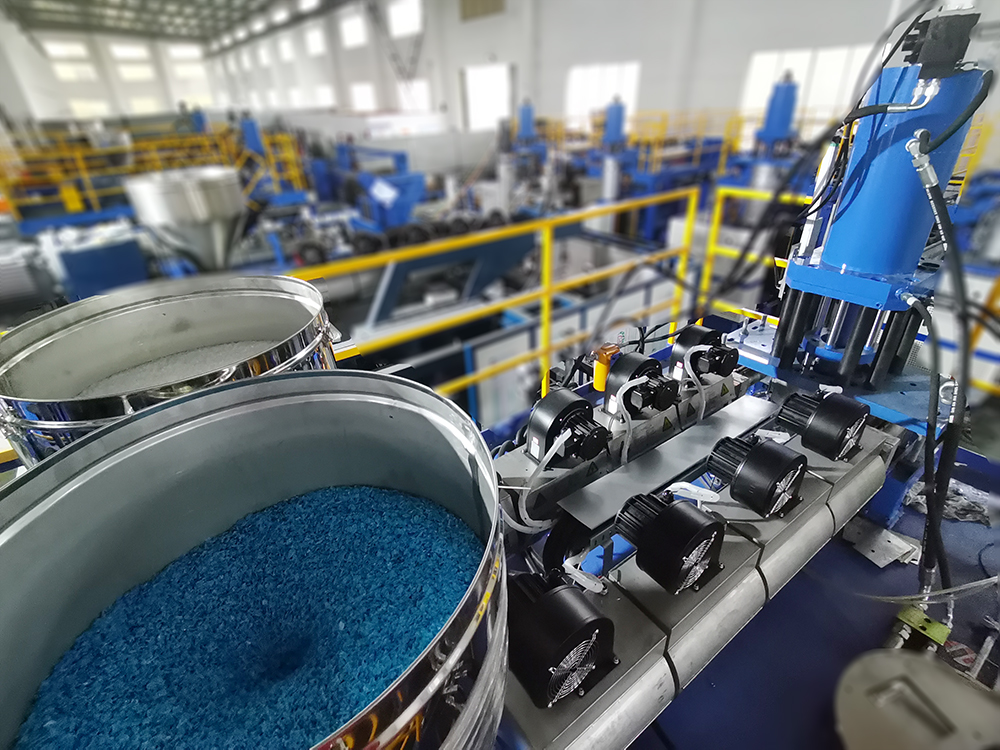
5. The outline or pictures of blow-molded products are not clear:
cause:
① Poor cavity exhaust
②Low inflation pressure
③The temperature of the parison melt is too low, and the plasticization of the material is poor.
④The cooling temperature of the mold is low, and the mold has the phenomenon of "condensation"
solution:
①Repair the mold, sandblast the cavity or add an exhaust groove
②Increase inflation pressure
③ Properly increase the heating temperature of the extruder and the die head, and add an appropriate amount of filler masterbatch if necessary
④Adjust the mold temperature to above the dew point temperature
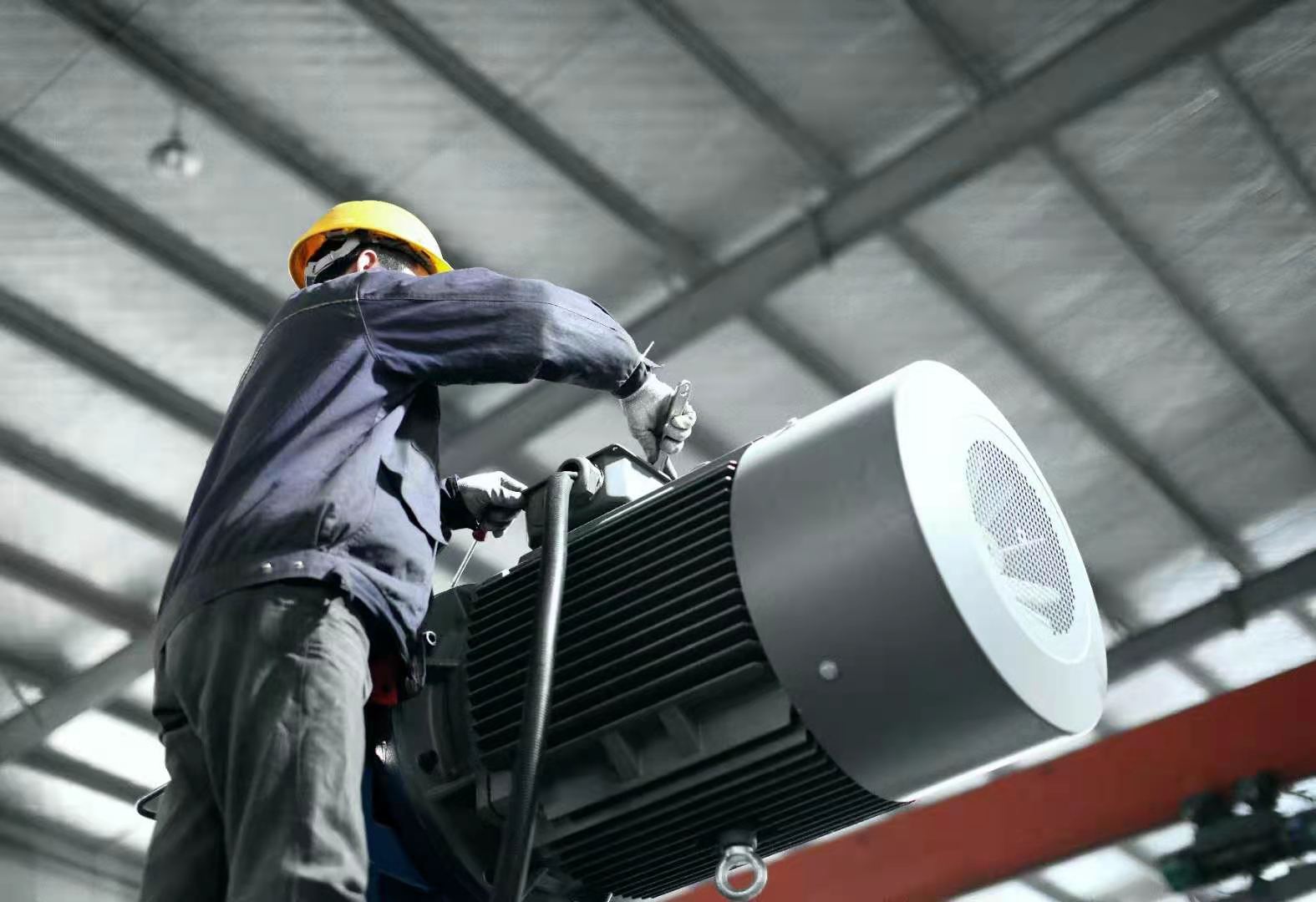
6.blow molding products have too much flash and too thick:
cause:
①Mold expansion, insufficient clamping pressure
②The die blade is worn and the guide post is offset
③ During inflation, the parison is deflected
④ The escape trough at the blade edge of the blank is too shallow or the depth of the blade edge is too shallow
⑤Parison inflation starts too early
solution:
①Increase the clamping pressure of the mold, which is suitable for reducing the inflation pressure
②Repair the die edge, correct or replace the die guide post
③ Correct the center position of the parison and the blow rod
③ Trim the mold and deepen the depth of the escape groove or knife
④Adjust the inflation time of the parison
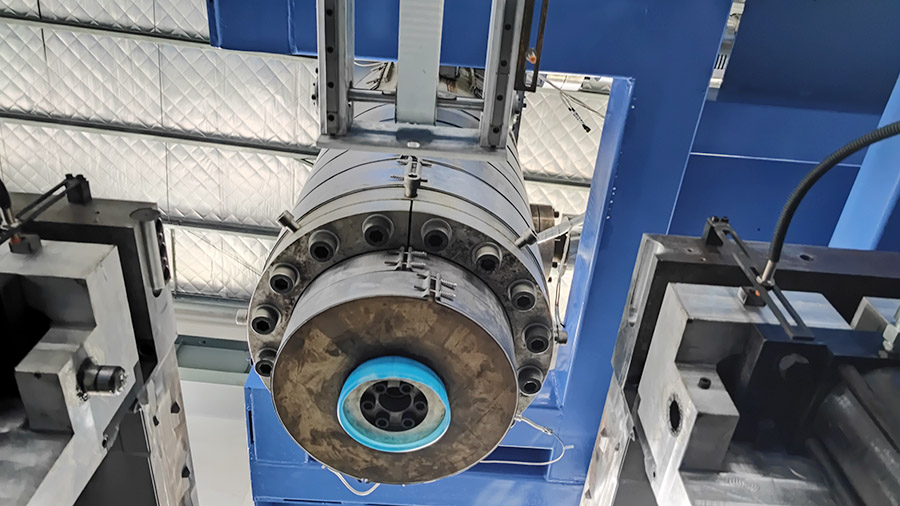
7. There are too deep vertical stripes:
cause:
① Dirty at the die
②Mold sleeve, there are burrs or notches on the edge of the core
③The color masterbatch or resin decomposes to produce dark streaks
④The filter screen is perforated, and the material is mixed with impurities and deposited on the die
solution:
①Clean the die with a copper knife
②Trimming the die
③ Properly lower the temperature and replace the color masterbatch with good dispersion
④Replace the filter plate and use the leftover material
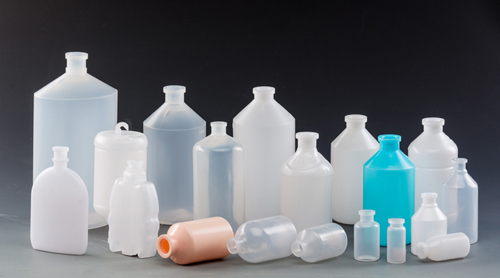
8. The parison is blown and broken during molding:
cause:
①The blade of the mold is too sharp
②The parison has impurities or bubbles
③ The inflation ratio is too large
④The parison melt strength is low
⑤The length of the parison is insufficient
⑤ The parison wall is too thin or the parison wall thickness is uneven
⑥ The container bursts and cracks when the mold is opened (the deflation time is insufficient)
⑦Insufficient mold clamping force
solution:
① Properly increase the width and angle of the blade
②Use dry raw materials, use wet raw materials after drying, and use clean raw materials; clean the die
③Replace the mold sleeve and mold core to reduce the blow-up ratio of mold failure
④Replace the appropriate raw materials and appropriately reduce the melt temperature
⑤ Check the control device of the extruder or accumulator head, reduce the variation of process parameters, and increase the length of the parison. ⑥ Replace the die sleeve or die core and thicken the parison wall; Check the parison control device; adjust the die gap
⑦Adjust the deflation time or delay the mold start-up time
⑧ Raise the clamping pressure or reduce the inflation pressure
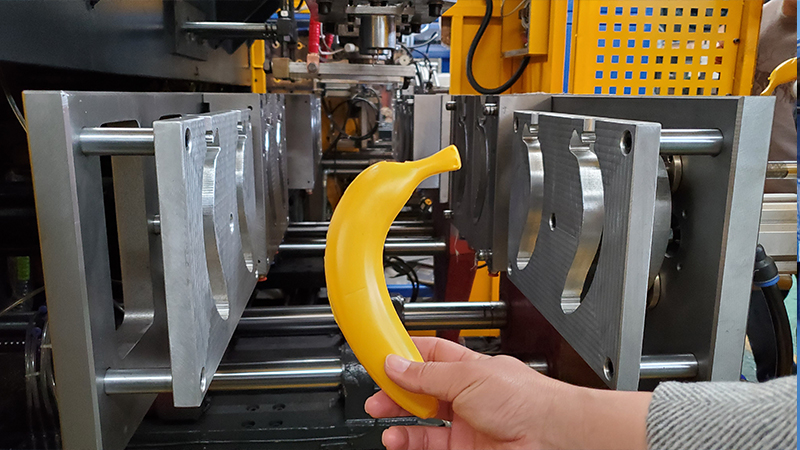
9. blow molding products are difficult to demould:
cause:
①The product inflation cooling time is too long, and the mold cooling temperature is low
②The mold design is poor, and there are burrs on the surface of the cavity
③When the mold is started, the moving speed of the front and rear templates is not balanced
④ Mold installation error
solution:
① Appropriately shorten the parison inflation time and increase the mold temperature
② Trim the mold; reduce the depth of the groove, the slope of the rib is 1:50 or 1:100; use a release agent
③Repair the clamping device to make the moving speed of the front and rear templates consistent
④Reinstall the mold and correct the installation position of the two halves
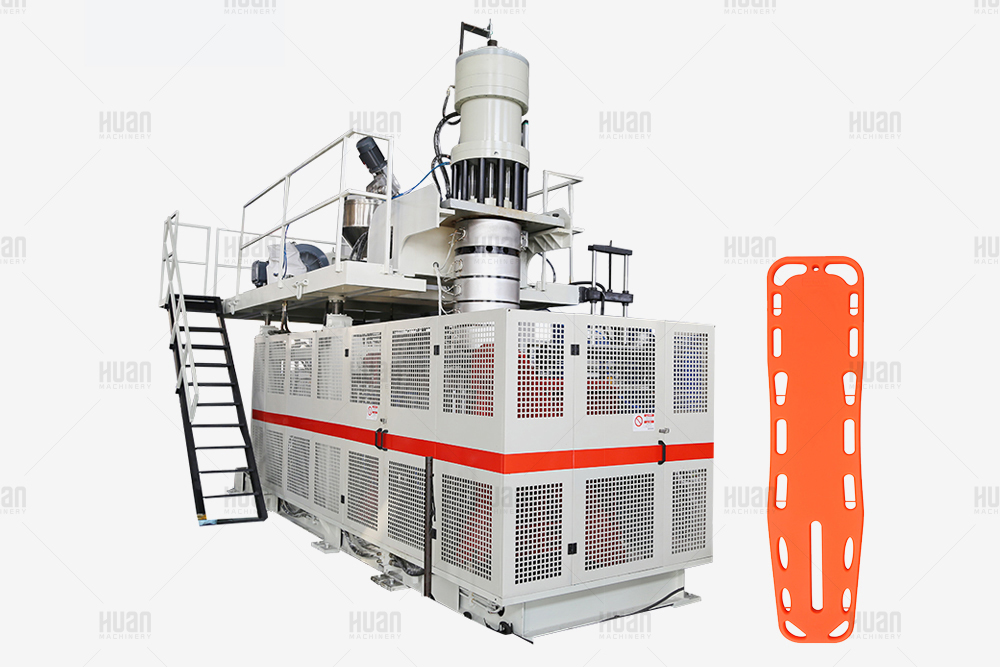
10. The quality of blow-molded products fluctuates greatly:
cause:
①Sudden change of parison wall thickness
②The mixed materials are not evenly mixed
③ The feeding section is blocked, causing the extruder to fluctuate
④ Unbalanced heating temperature
solution:
①Repair the parison control device
② Use a good mixing device to extend the mixing time; if necessary, reduce the amount of corner return material
③Remove the agglomerates at the feed port
④Material or foreign matter. Reduce the temperature at the material port
⑤ Replace the electric heating cabinet
























